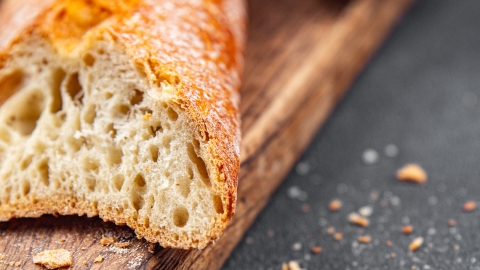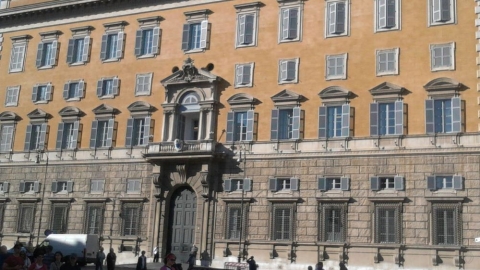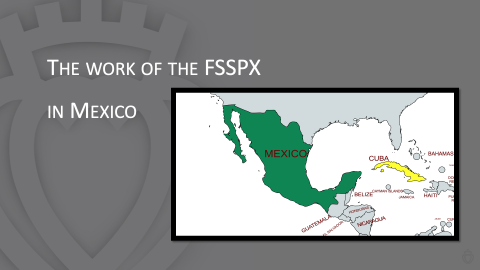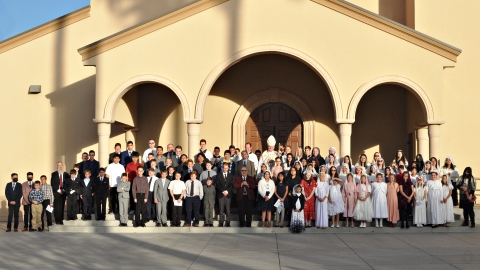Young American Catholic Priests View Themselves as Increasingly Conservative
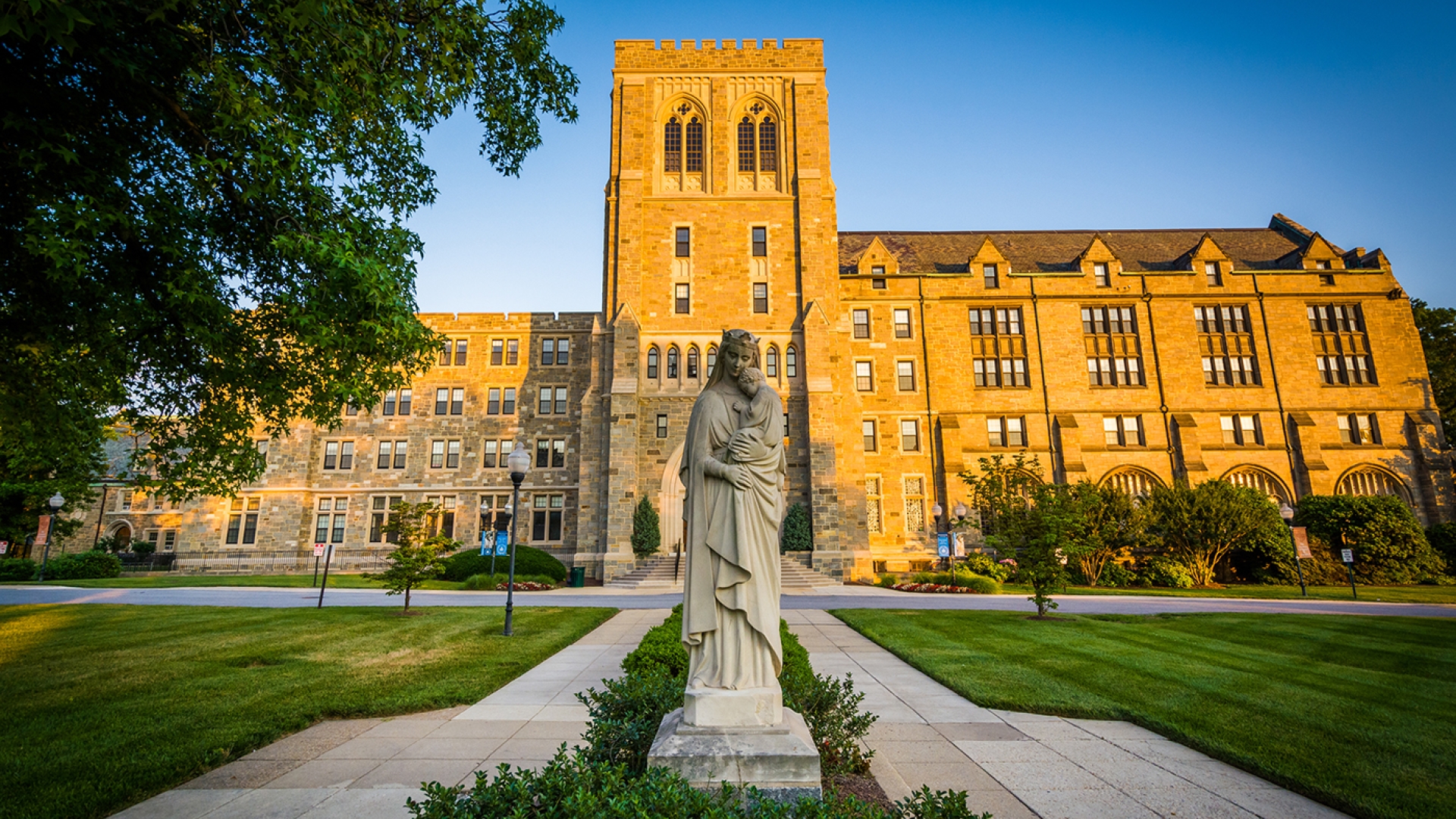
The Theological College at The Catholic University of America | Adobe Stock
The Catholic Group, a research initiative of the Catholic University of America, has issued a new report entitled, “Polarization, Generational Dynamics, and the Ongoing Impact of the Abuse Crisis: Further Insights from the National Study of Catholic Priests.” Among the group’s findings are a numeric decrease in the number of seminary graduates identifying as “progressive” and a sharp increase in those who describe themselves as “conservative” or “orthodox.”
The First Report
The Catholic Group’s previous report, issued in October 2022, found that despite a high rate of personal satisfaction among American Catholic priests, a substantial number reported issues relating to burning out, distrusting their bishop, and fearing false accusations of misconduct. The sample sized included 3,516 priests from 191 dioceses and eparchies in the United States. To quote from the October Report’s conclusion:
American Catholic priests continue to demonstrate that they are flourishing in their vocations. However, this good news is tempered by concerning indications of burnout among younger priests, a lack of confidence in existing due process protections for priests accused of misconduct, and a corresponding lack of trust in bishops who have come to be seen less as fathers and brothers than as administrators.
With respect to false accusations, which appear to be a major point of concern for American clergy, the October Report revealed that while 90% of the priests polled believe their dioceses have a strong culture of child safety and protection and nearly 70% see the policies emanating from the so-called 2002 Dallas Charter (“The Charter for the Protection of Children and Young People”) have helped to restore public trust, 40% of those polled see the “zero-tolerance” policy for misconduct as overly harsh. This has created a fear that a single false allegation of sexual abuse could derail their vocations.
This backdrop contributes to the general atmosphere of distrust felt by a majority of priests participating in the study toward their bishops. “Diocesan priests report significantly lower levels of trust in their bishops than religious priests do in their major superiors. Trust in the U.S. bishops as a whole is low among priests overall, with only 24% expressing confidence in the leadership and decision-making of the bishops in general,” according to the October Report.
A Conservative Shift
The latest November Report is more doctrinally focused with results indicating a significant shift toward doctrinal orthodoxy among the American clergy.
“More than half of the priests who were ordained since 2010 see themselves on the conservative side of the scale. No surveyed priests who were ordained after 2020 described themselves as ‘very progressive.’” The November Report found that 85% of the youngest group of priests surveyed described themselves as “conservative/orthodox” or “very conservative/orthodox” theologically, with only 14% describing themselves as “middle-of-the-road.” The Report also states that nearly 70% of priests ordained in the mid- to late 1960s describe themselves as “somewhat” or “very progressive.” By 2020, fewer than 5% of priests described themselves as such.
Based on the findings of the November Report, it appears that both the Second Vatican Council and the sex-abuse crisis, which became a major event in the life of the Church in and around 2002, remain major events defining the doctrinal trajectory of the clergy. Those priests who view themselves as “progressive” did so in the wake of Vatican II while the shift toward conservatism began after 2002.
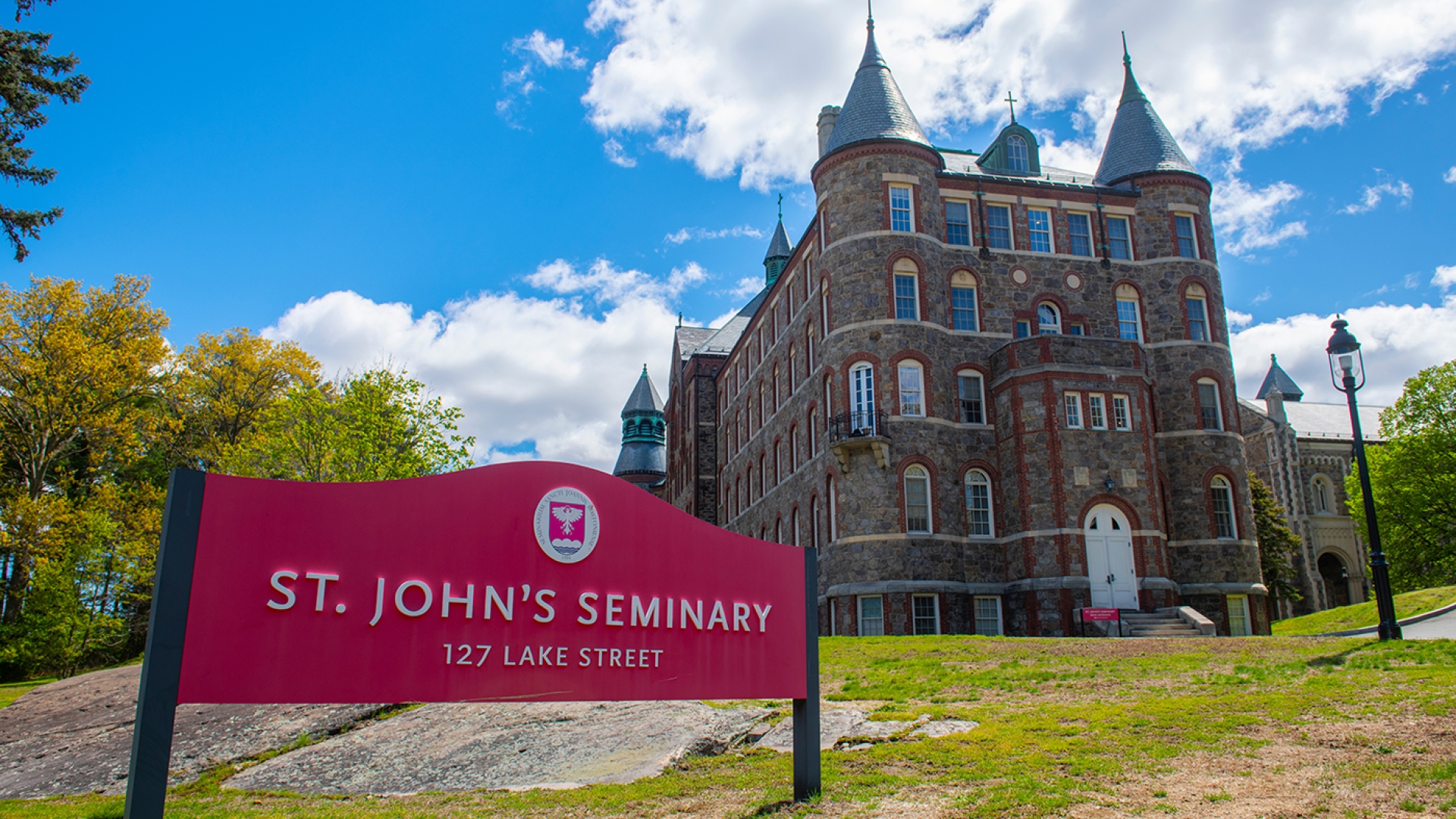
St. John's Seminary, Boston, MA | Credit: Wangkun Jia - stock.adobe.com
Relationship to the Pope
Also of importance is the question of accountability, which the November Report took time to evaluate. The Report found that 67% of priests ordained since 2000 agree that they valued their accountability to the Pope as opposed to 82% of those ordained before 1980. Further, 64% of priests under the age of 45 stated that they valued accountability to Pope Francis compared with 82% of priests over the age of 75.
This does not mean there is anything close to a rebellion against Church authority brewing. In the words of the Report: “But perhaps the most telling finding here is that, despite younger age and ordination cohorts trending more conservative/orthodox both politically and theologically, the overwhelming majority of these youngest priests do value accountability to Pope Francis.”
However, as already revealed by the October Report, tensions remain between priests and bishops: “Differences in theological and political outlooks appear to relate closely to the degree of confidence priests have in the leadership of their bishops, though the levels of confidence from one diocese to the next vary dramatically, suggesting much more complex and locally significant factors at play.”
More to Evaluate
With due respect to the effort that went into the November Report, it is only a “snapshot” of the realities of the American priesthood. Moreover, it also contains additional findings related to the sex-abuse crisis that merit separate consideration.
The Report does not drill into the specific issues that contribute toward priests defining themselves as “orthodox” rather than “progressive.” For American clerics, where many internal Church issues bleed into secular politics, it is likely that matters such as birth control, abortion, same-sex marriage, and gender theory are of significant concern to self-defined “conservative” or “orthodox” priests, leading them to see themselves as upholding Catholic Church’s historically clear position on matters of sexual morality. It is unclear where these priests stand with respect to the major “internal” doctrinal controversies emanating from Vatican II: collegiality, ecumenism, and religious liberty.
Anecdotally, it seems that many priests ordained from the mid-2000s onward were influenced in substantial part by the conservative elements found in the pontificates of John Paul II and Benedict XVI. Though both accepted—and indeed promoted—the Second Vatican Council, they often held firm to the Church’s traditional moral teachings despite showing weaknesses on the margins. For priests taking their cues from Benedict XVI in particular, it is probable that they also value the Church’s sacramental theology, liturgical patrimony, and exclusive role in salvation to a degree far exceeding that of the post-Vatican II generation. What this “conservative” or “orthodox” self-understanding means concretely, however, remains a mystery.
catholicproject.catholic.edu - sspx.org - 11/10/2023

